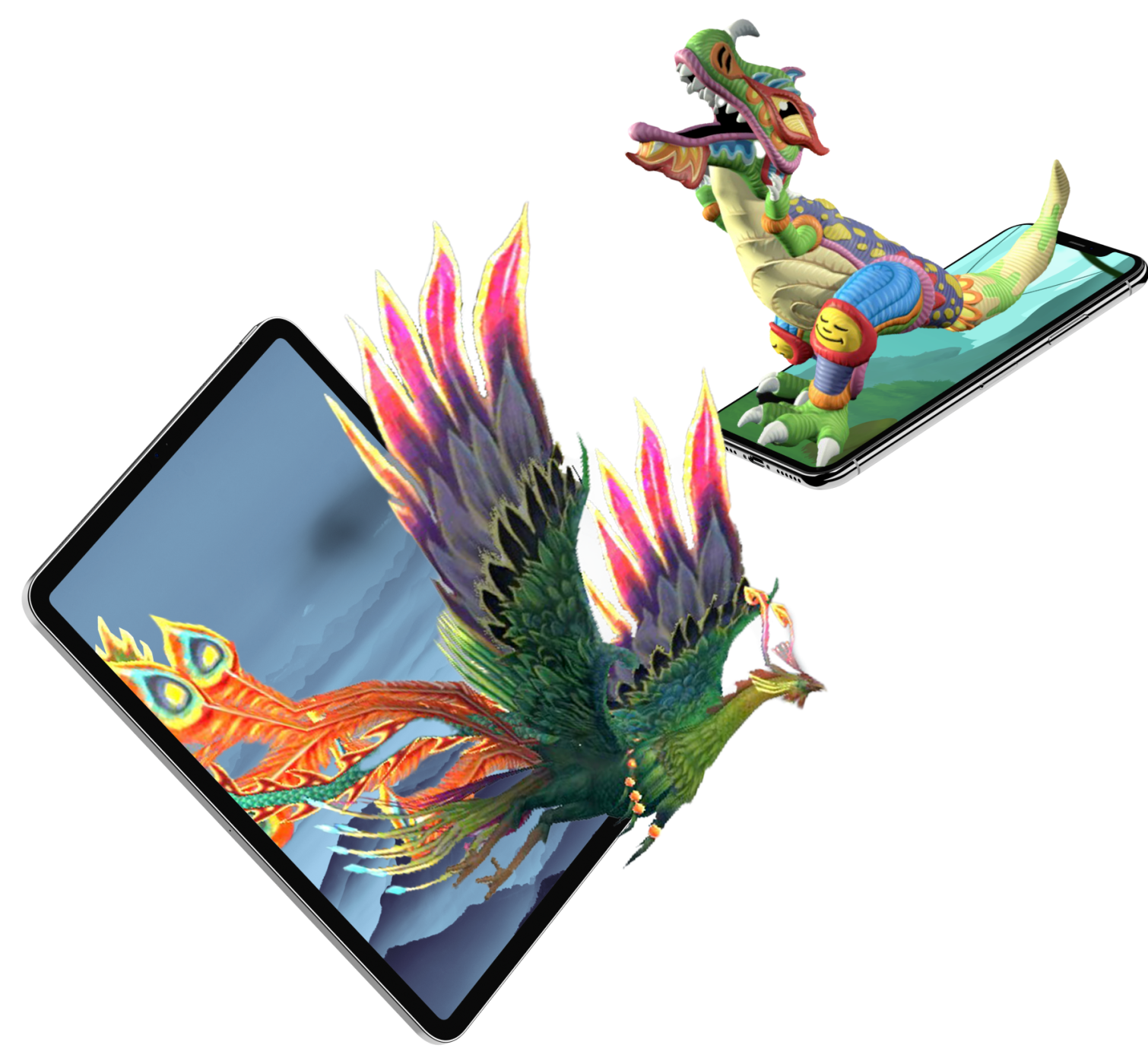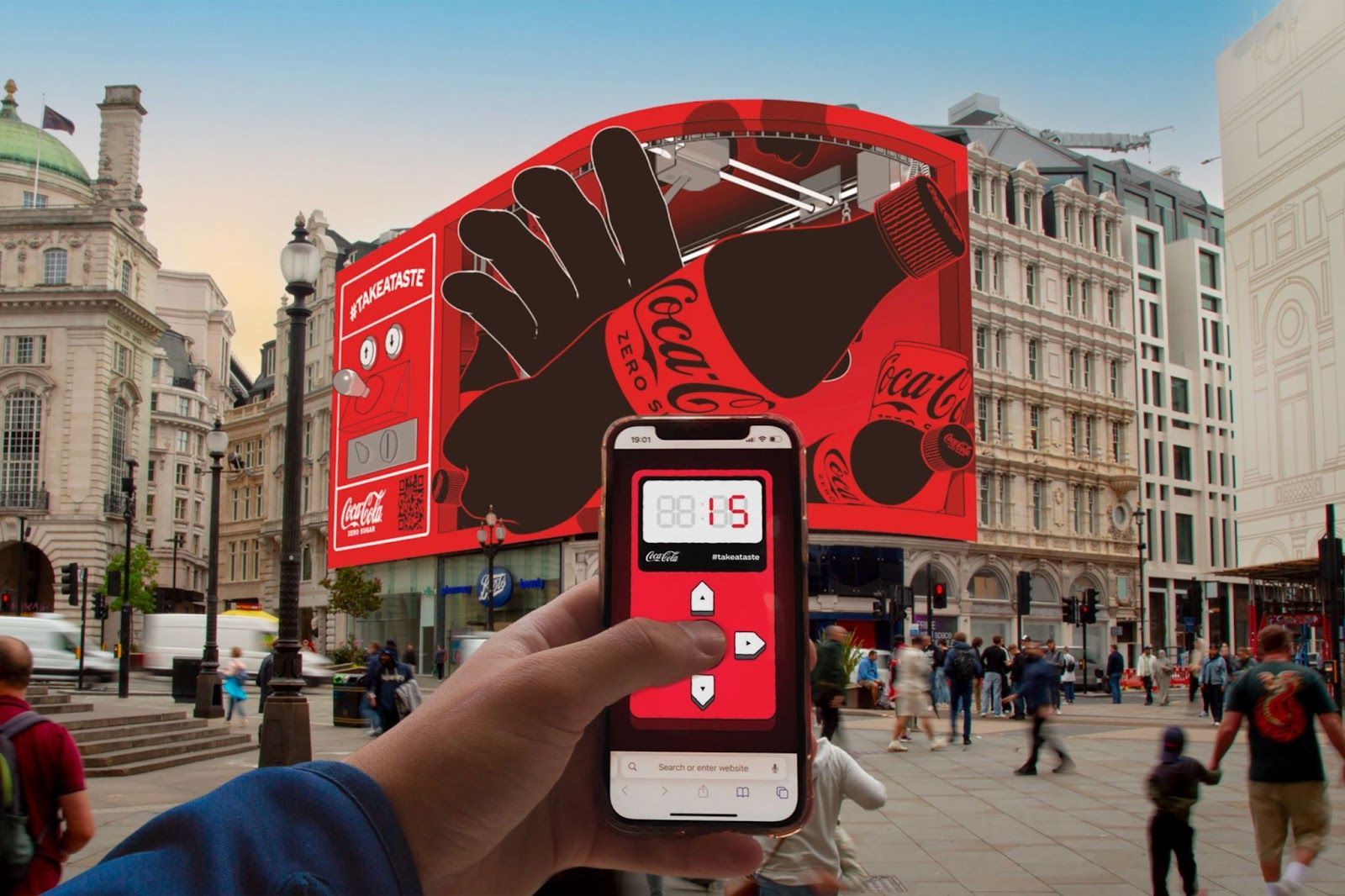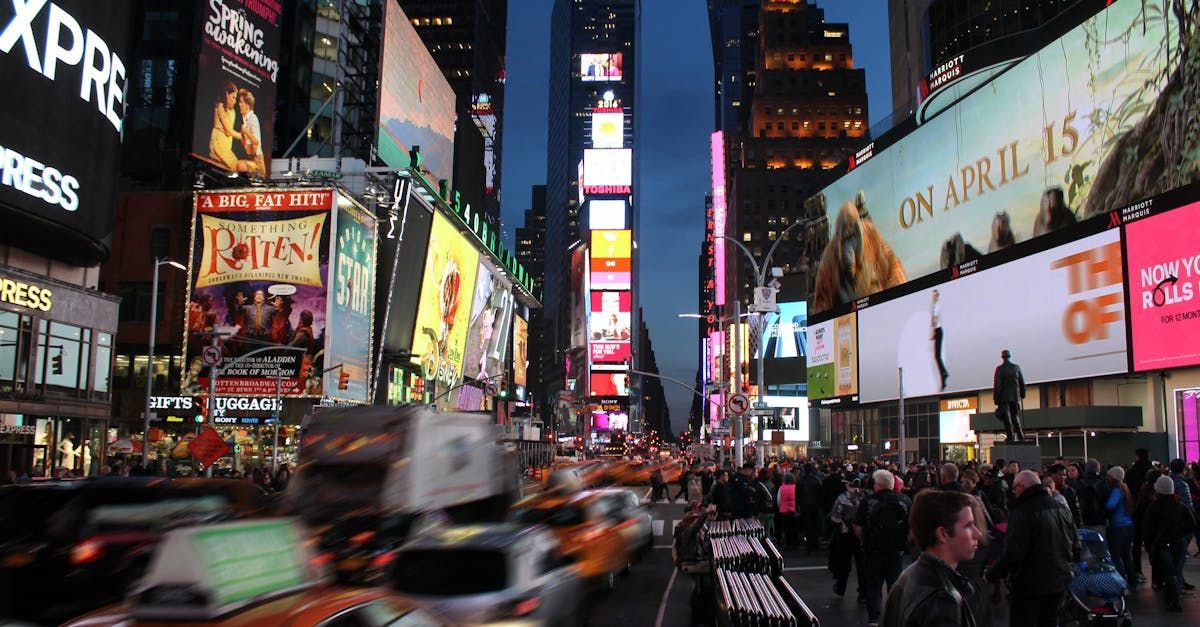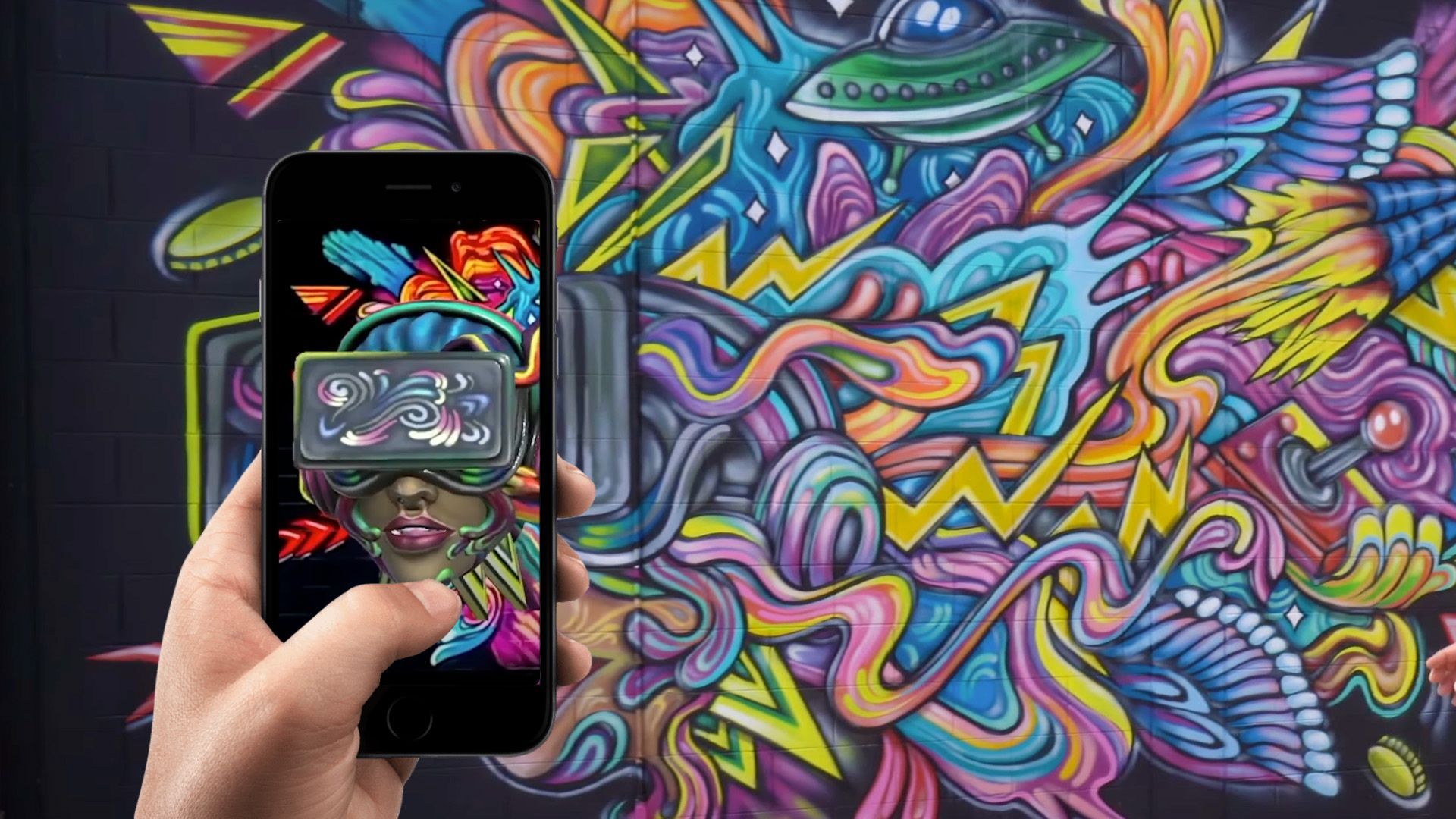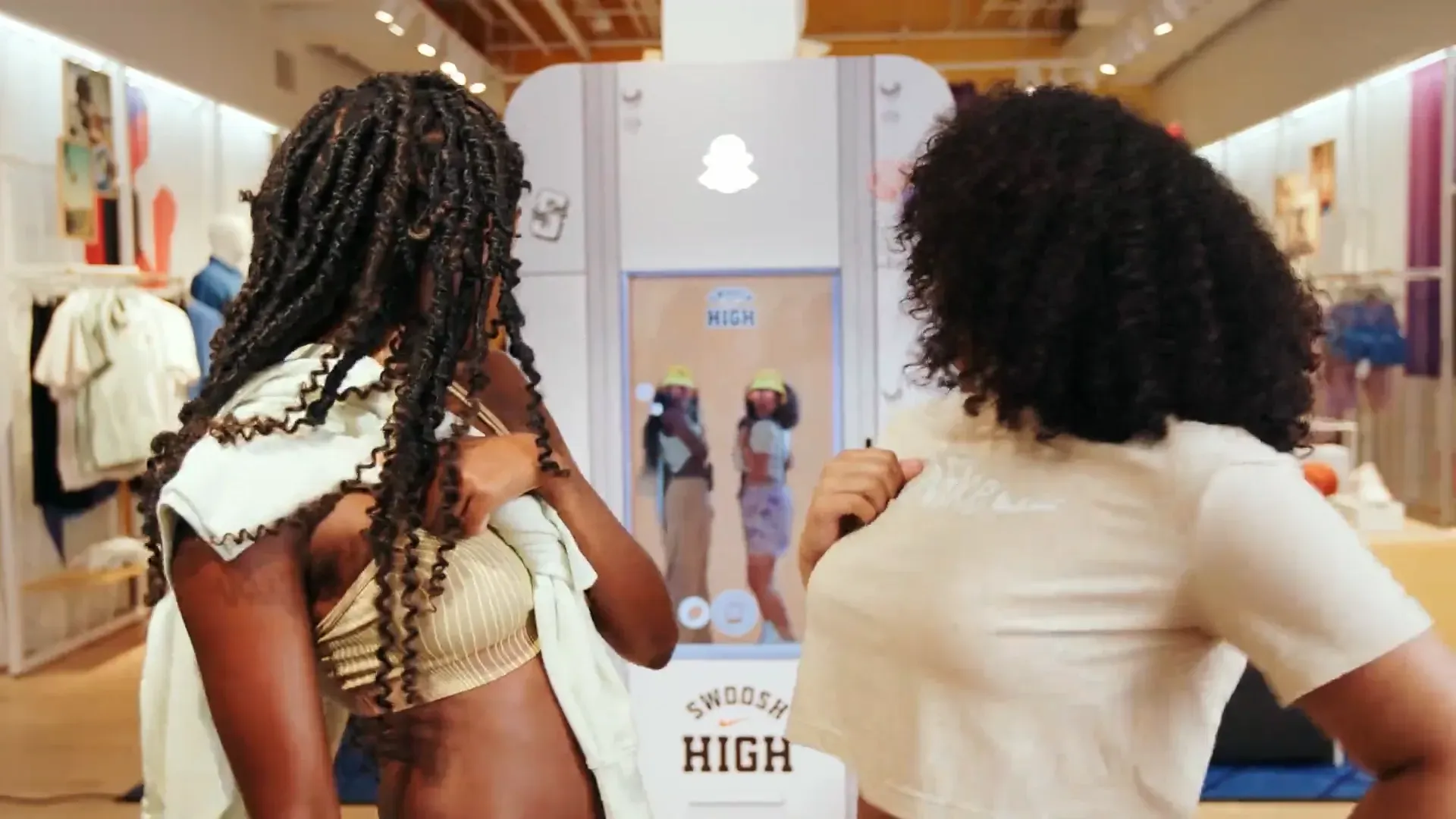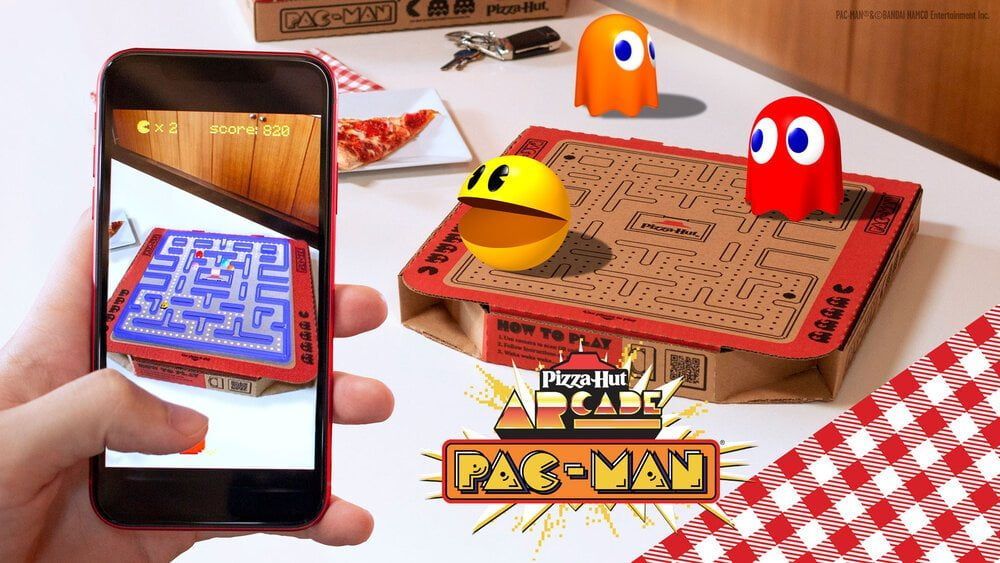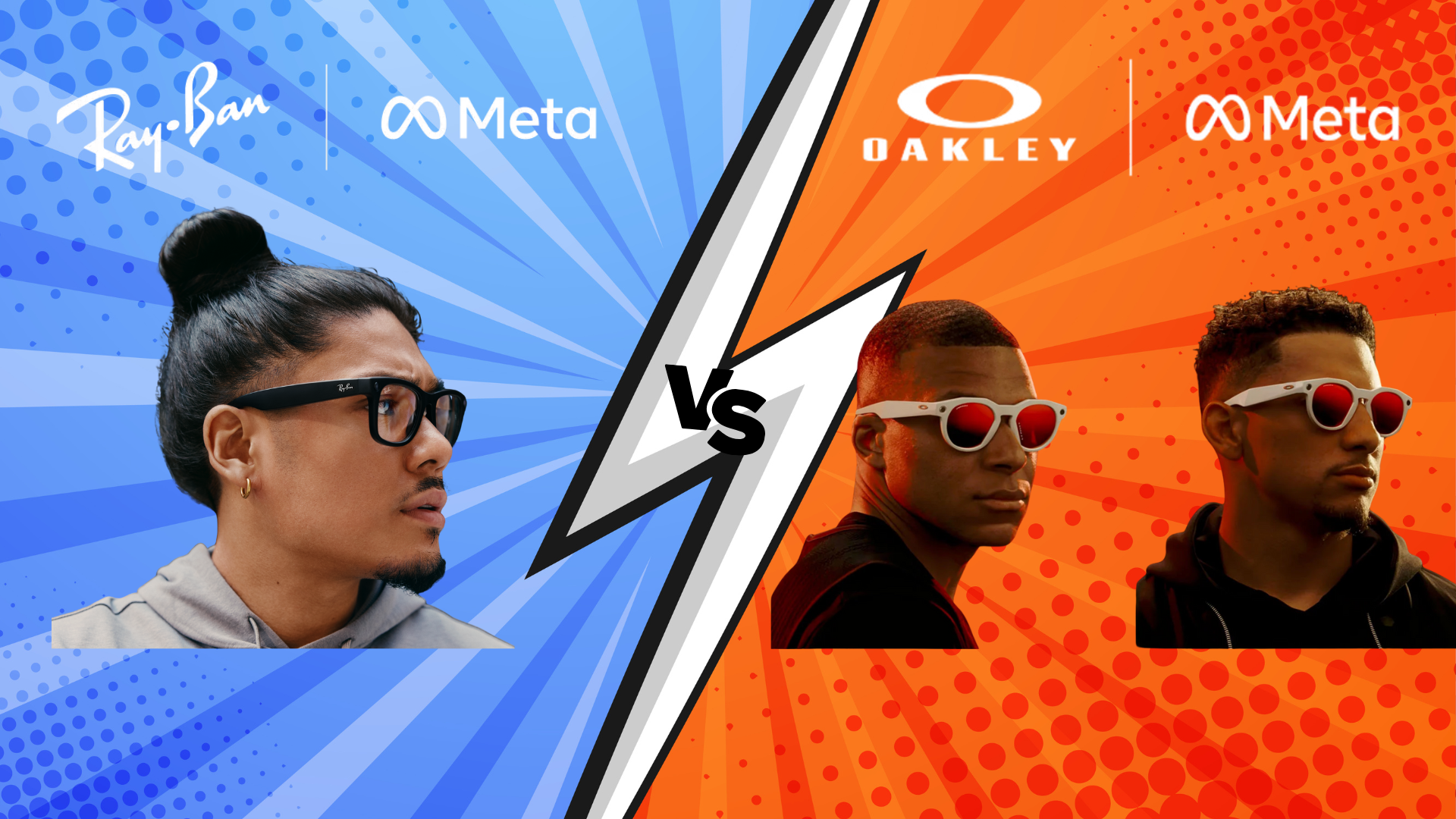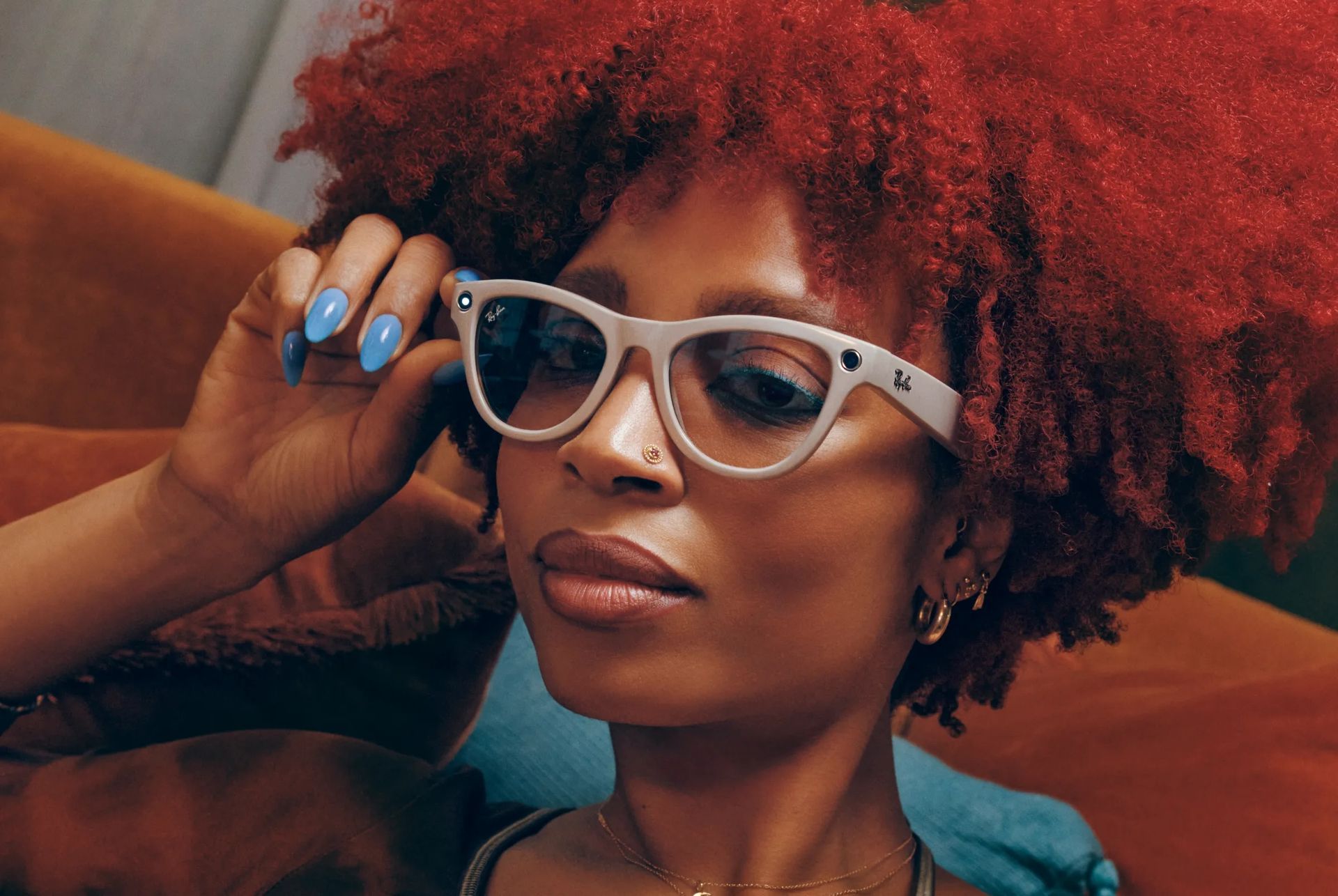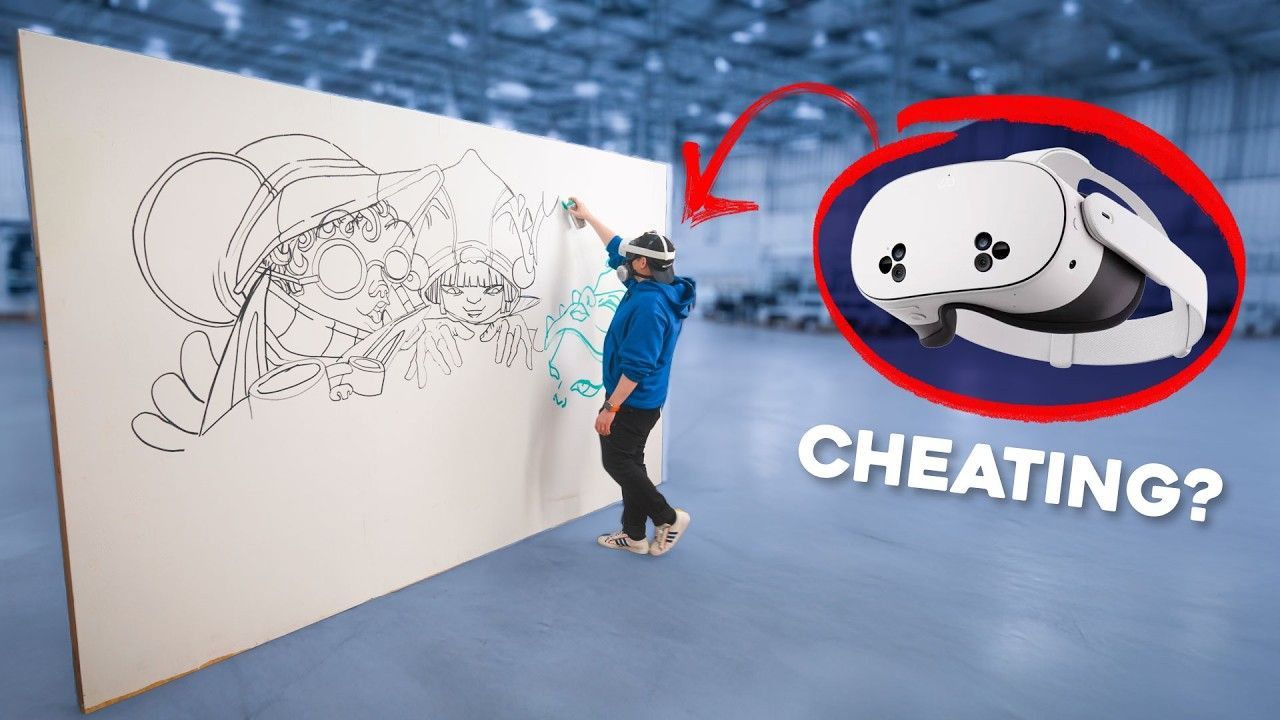Designing AR Billboards for Maximum User Engagement
Traditional billboards are evolving beyond static displays into interactive augmented reality (AR) experiences that captivate and engage audiences in unprecedented ways. For marketing executives and outdoor advertising leaders seeking to push the boundaries of out-of-home (OOH) advertising, AR billboards represent the next frontier in consumer engagement. This article explores how to design effective AR billboard campaigns that drive measurable results and create lasting brand impressions.
The Evolution of Billboard Advertising: From Static to Interactive
Billboard advertising has undergone a remarkable transformation from its humble beginnings as painted signs to today's technologically advanced AR experiences. The trajectory has moved from:
- Traditional static billboards
- Digital billboards with rotating content
- Interactive digital displays
- Full AR-integrated experiences
According to recent industry data, AR-enhanced OOH advertising generates 3.5x higher engagement rates than traditional billboards. For Fortune 1000 companies, this represents a significant opportunity to stand out in crowded marketing environments.
Why AR Billboards Are Revolutionizing OOH Advertising
AR billboards transcend the limitations of conventional OOH advertising by transforming passive viewing into active participation. This fundamental shift offers several key advantages:
Deeper Engagement Metrics
Unlike traditional billboards that can only be measured by estimated impressions, AR experiences provide detailed analytics on user interaction. Marketing executives can now track:
- Activation rates
- Time spent engaging with AR content
- Conversion paths from physical to digital touchpoints
- Social sharing metrics
- Post-engagement behavior
Extended Brand Interactions
The average viewer spends 6-8 seconds looking at a traditional billboard. In contrast, AR billboard experiences average 45-75 seconds of active engagement, creating a 7-10x increase in brand exposure time.
Personalized Experiences
AR allows for dynamic content customization based on:
- Time of day
- Weather conditions
- User demographics
- Previous interactions
- Proximity to retail locations
Critical Components of Successful AR Billboard Campaigns
1. Seamless Activation
The friction between noticing a billboard and engaging with its AR component represents your campaign's most vulnerable point. Industry benchmarks show that each additional step in the activation process reduces participation by approximately 20%.
Best Practice: Implement QR codes prominently with clear, concise instructions. Consider NFC or beacon technology for even more frictionless activation for high-traffic urban locations.
2. Compelling Visual Triggers
The visual elements that initiate AR experiences must be instantly recognizable while maintaining curiosity value.
Case Study: Monster Energy drink deployed AR billboards featuring minimalist design and an animated "scan to reveal" element. These billboards achieved a 37% activation rate, significantly outperforming the industry average of 12-15%.
3. Value-Driven Experiences
Successful AR billboard campaigns deliver clear value to participants through:
- Entertainment (gamification, visual spectacle)
- Utility (information, wayfinding)
- Exclusive offerings (time-limited promotions)
- Social currency (shareable content)
Best Practice: Align the AR experience with your brand's positioning while prioritizing user benefit over overt promotion. Research indicates that AR experiences perceived as useful have a 2.8x higher completion rate than those perceived as purely promotional.
Technical Considerations for CMOs and Marketing Directors
Platform Compatibility
While developing AR billboard campaigns, ensuring cross-platform functionality is essential:
- iOS and Android compatibility
- Web-based AR options for users reluctant to download apps
- Backend systems that can handle traffic spikes
Key Decision Point: Web-based AR typically achieves three times higher participation rates than app-required experiences despite offering somewhat limited functionality.
Processing Speed and User Experience
User abandonment rates increase dramatically with technical delays:
- 20% abandonment after 3 seconds of loading time
- 80% abandonment after 8 seconds of loading time
Technical Solution: Implement progressive loading techniques where initial AR elements appear immediately while more complex components load in the background.
Data Management and Privacy Compliance
As AR billboards collect increasingly sophisticated user data, privacy considerations become paramount:
- Transparent data collection notices
- GDPR, CCPA, and other regional compliance requirements
- Anonymized analytics where possible
Risk Management Approach: Develop a clear data governance strategy prior to campaign launch, especially for global brands operating across multiple regulatory environments.
Location and Context: Strategic Placement for Maximum Impact
The effectiveness of AR billboard campaigns varies dramatically based on placement context:
High-Dwell Areas
Locations where audiences naturally spend time (transit stations, event venues) show average engagement rates of 28-32%, significantly higher than areas with transient traffic.
Geospatial Context
AR billboards that reference their physical surroundings create more memorable experiences:
Case Study: Audi placed AR billboards near competitor dealerships, allowing users to visualize their vehicles in the immediate environment. This resulted in a 24% increase in dealership visits.
Temporal Relevance
Scheduling AR content to coincide with:
- Local events and festivals
- Business hours of nearby retail locations
- Commuting patterns and traffic flows
Data-Driven Approach: Implement dynamic content scheduling using real-time traffic and demographic data to maximize relevance.
Measuring ROI: Metrics That Matter for Executive Stakeholders
For C-suite executives, connecting AR billboard investments to tangible business outcomes is essential:
Attribution Modeling
Advanced AR campaigns now incorporate sophisticated attribution tracking:
- Unique promo codes embedded in AR experiences
- Location-based tracking of subsequent store visits
- Digital path analysis via UTM parameters
ROI Framework: Develop a multi-touch attribution model that accounts for both immediate conversions and brand-building impacts.
Brand Lift Measurement
Quantify attitudinal changes through:
- Pre/post campaign awareness studies
- Sentiment analysis of social sharing
- Consideration metrics among target demographics
Benchmark Data: Recent industry studies show that immersive AR billboard campaigns produce an average 23% lift in brand consideration compared to 7% for conventional OOH.
Customer Acquisition Cost Analysis
Calculate the efficiency of AR billboard spending by:
- Total campaign cost ÷ new customer acquisitions
- Lifetime value analysis of AR-acquired customers
- Comparison with CAC metrics from other channels
Future Trends: What's Next for AR Billboard Innovation
Spatial Computing Integration
The next generation of AR billboards will leverage spatial computing capabilities to:
- Create persistent AR environments visible to multiple users
- Allow for synchronized group experiences
- Build location-based AR narratives across multiple billboards
AI-Powered Personalization
Machine learning algorithms will enable real-time content adaptation based on:
- Facial recognition (with appropriate privacy controls)
- Emotional response analysis
- Behavioral prediction modeling
Extended Reality Convergence
The boundaries between AR, VR, and MR will continue to blur in OOH advertising:
- AR billboards serving as portals to more immersive VR experiences
- Integration with smart glasses and wearable technology
- Persistent digital layers accessible through multiple devices
Implementation Roadmap for Marketing Leaders
Phase 1: Foundation Building (1-3 Months)
- Assess technical capabilities and resource requirements
- Identify strategic locations based on target demographic analysis
- Develop measurement framework and baseline KPIs
Phase 2: Pilot Campaign (3-6 Months)
- Deploy limited AR billboard experiences in high-value locations
- Gather user feedback and technical performance data
- Refine activation processes and user experience
Phase 3: Scaled Deployment (6-12 Months)
- Expand to multiple locations with optimized experiences
- Implement advanced analytics and attribution modeling
- Integrate with broader marketing ecosystem and customer journey mapping
Conclusion: The Competitive Advantage of AR Billboard Innovation
For forward-thinking marketing leaders at Fortune 1000 companies, AR billboards represent more than just another advertising channel—they offer a transformative approach to consumer engagement that bridges physical and digital realms.
The organizations that will gain significant competitive advantage are those that move beyond viewing AR billboards as experimental novelties and instead integrate them into comprehensive customer experience strategies. As consumers increasingly expect interactive, personalized encounters with brands, AR billboards provide a visible, impactful platform for delivering experiences that convert attention into measurable business results.
By focusing on seamless activation, compelling content, strategic placement, and robust measurement, marketing executives can position their brands at the forefront of this evolving advertising frontier—creating memorable consumer connections that drive both immediate engagement and long-term brand equity.
TALK TO A PRO
We're here to bring your brand to life!
Stay Connected with BrandXR
Create Augmented Reality for Free!
Create, Publish, and Measure 3D Augmented Reality Experiences Without Having to Code.
